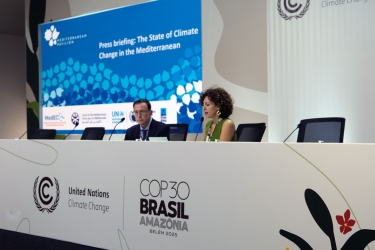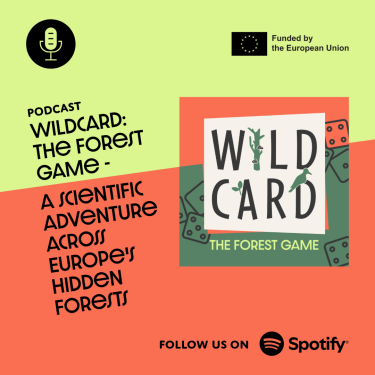The hidden impact of soy imports on deforestation and biodiversity loss
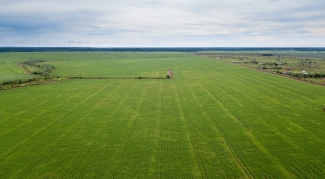
The CLEVER and DETECT projects report on their session at the Climate Arena journalism conference
Deforestation is driving a massive loss of biodiversity, much of it is tied to our consumption of imported products. Many of these products are not directly visible in our daily lives, but they play a huge role in global trade. Think of soybeans used for animal feed, or timber for furniture. The production of these non-food biomass products can directly and indirectly contribute to the destruction of forests and related biodiversity loss. More than ever before, we need media coverage on these issues to bring them to the public’s attention.

The CLEVER and DETECT projects at the CLIMATE ARENA. Photo by Rosa Castañeda.
At the Climate Arena journalism conference in Bologna on 18 October 2024, the CLEVER and DETECT projects joined forces to organise sessions to discuss the effects of global trade on biodiversity with investigative, science, and environmental journalists from all across Europe. The panel ‘Climate, Land Use, and Biodiversity from a Systems Thinking Perspective,’ explored the intricate connections between these issues, using Brazil’s soy imports as a key example. Moderated by Rina Tsubaki (EFI), the session featured Prof. Jan Börner (University of Bonn) and Dr. Felipe Nunes (University of Minas Gerais) as the expert speakers on the matter.
Soy is a key ingredient in livestock feed, supporting meat production that ultimately reaches European markets. Prof. Jan Börner said, soy farming in South America has boomed due to scientific advances and infrastructure development. However, this has come at a cost: illegal deforestation, especially in the Amazon. According to Dr. Felipe Nunes, just 2% of private properties account for 60% of illegal deforestation in the Amazon and Cerrado. Although much of exports go to China, a significant portion of the soy and meat produced in these areas finds its way to Europe, embedding environmental destruction into our supply chains.
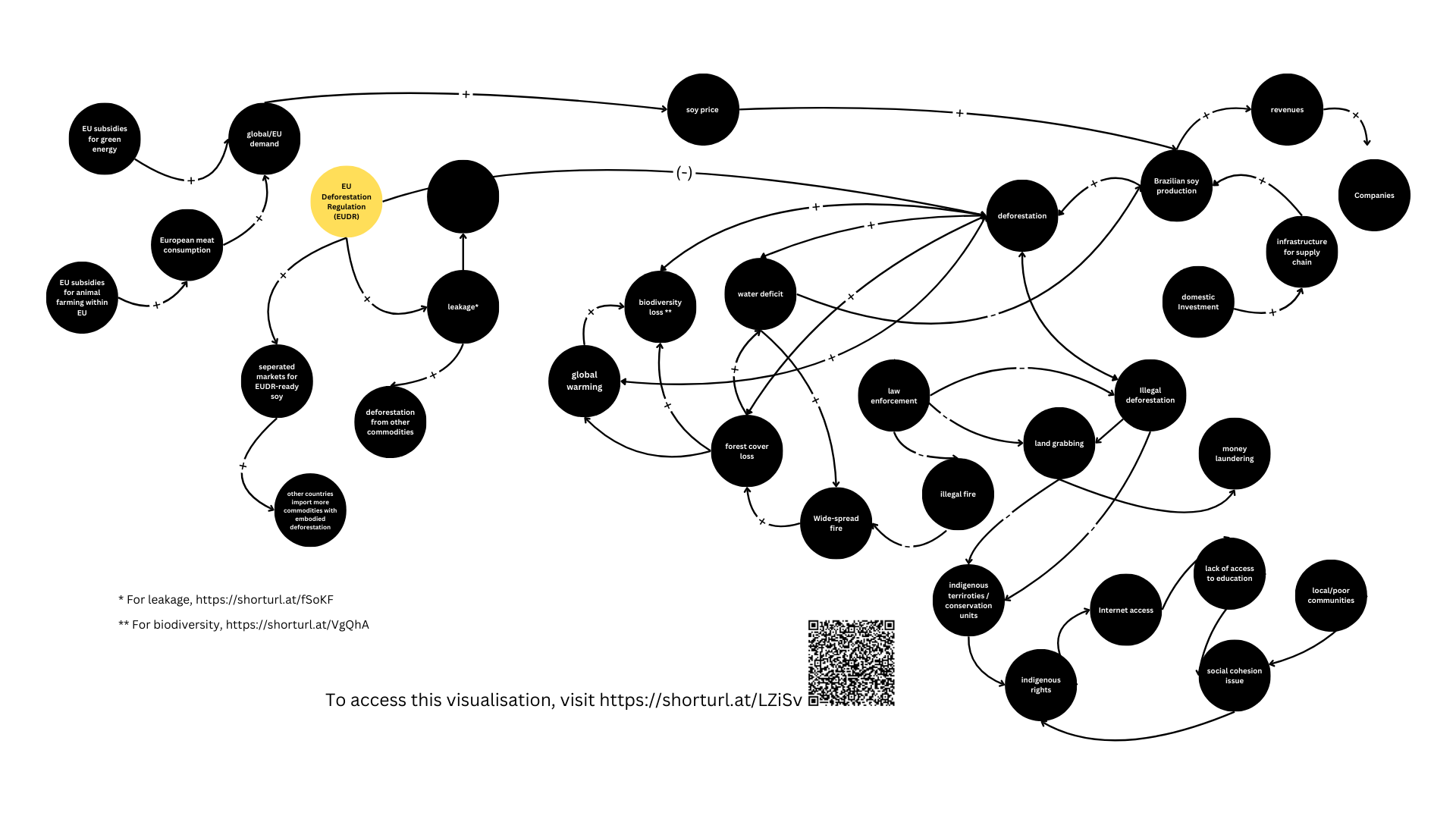
Possible cause-and-effect pathways linked to global trade of Brazilian soy to the EU. This infographic was co-created with journalists during the ‘Climate, Land Use, and Biodiversity from a Systems Thinking Perspective’ session.
One tool to fight this issue is the European Union Deforestation Regulation (EUDR), which aims to ensure that only deforestation-free products are sold in Europe. However, opinions are divided on its potential impact. Prof. Börner is skeptical, pointing out that while Europe may purchase deforestation-free soy, it will likely come from other regions in South America, resulting in longer transport routes. Also, global demand will continue driving prices up, making Europe indirectly responsible for deforestation elsewhere. Additionally, countries like China will continue purchasing cheap soy from deforested areas, and many deforestation-linked products, such as timber and meat, are consumed domestically, making them unaffected by the EUDR. Moreover, the EUDR is not always aligned with national policies. In contrast Dr. Nunes sees the EUDR as a potential “game changer” for fighting deforestation and illegality in supply chains. Despite challenges like “leakage” that allows products to bypass regulations, the EUDR may encourage major players like the USA and China to implement similar standards. By enhancing verification of environmental and social criteria, the EUDR aims to ensure compliance and foster sustainability in global supply chains.
Regulation is important, but tools like Trase and SeloVerde are also essential for tracing commodity origins and identifying illegal practices. These tools can enhance supply chain transparency and help researchers, policymakers, and journalists hold businesses accountable. During the ‘Tracing Supply Chains’ workshop, Dr. Nunes was joined by Mark Titley from Global Canopy to demonstrate how these tools can be used to investigate global supply chains, using the example of Brazilian soy entering EU markets.
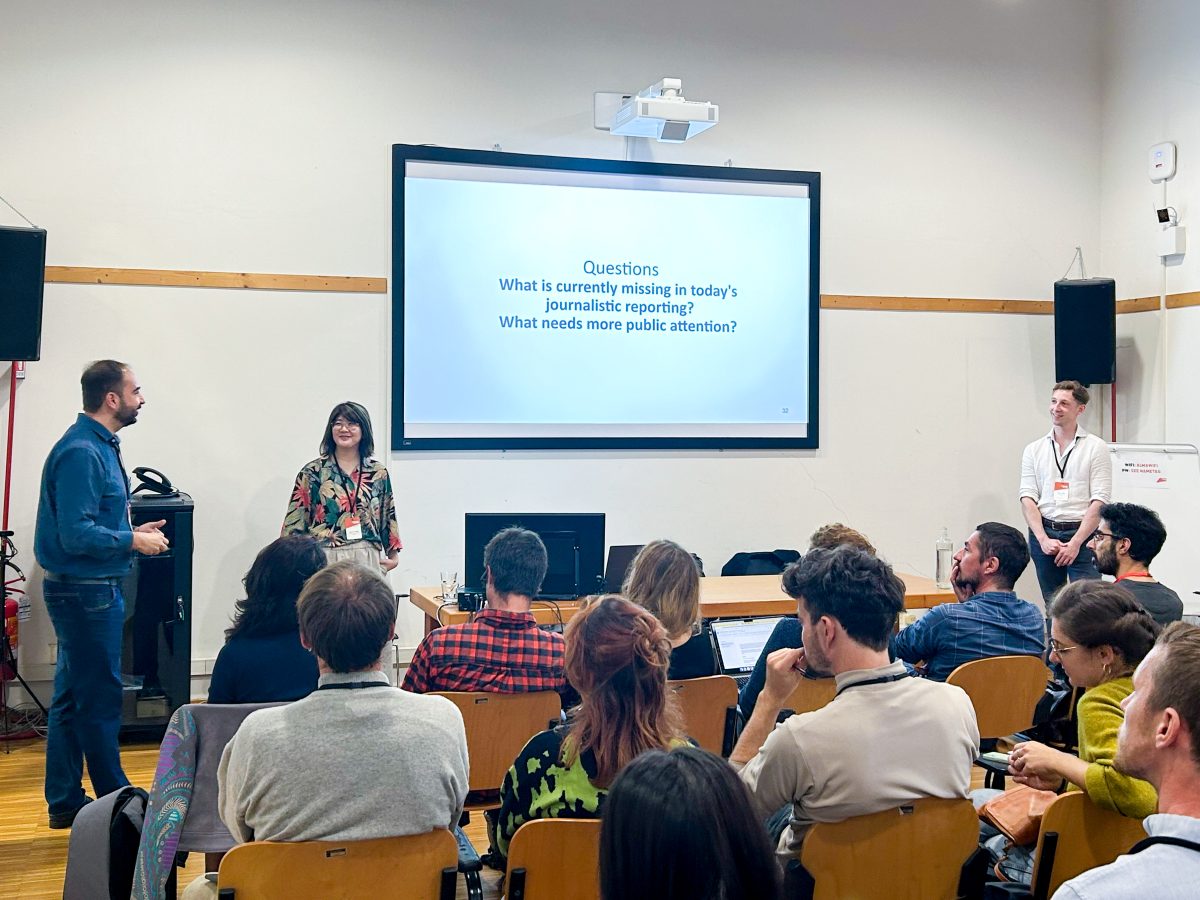
‘Tracing Supply Chains’ workshop. Photo by Rosa Castañeda.
Trase has been popularly used by a number of investigative journalists in stories on the UK chicken import by the Guardian and Palm Oil trade by the New York Times. But it is still an underexplored tool for many. At the same time, not much has been explored regarding what exactly happens at the farm level. This is where SeloVerde can come in to support journalists interested in tracking deforestation-risk supply chains at the farm-level. It can help look into a specific farm to identify the cases of illegal logging and land conversion for agricultural crops.
Ultimately, tackling deforestation requires not just pinpointing what happens on a specific commodity or location. It needs a holistic approach that addresses not just individual commodities like soy but the broader systems of trade and land use. More access to data and tools can help expose problematic practices and potentially reduce the harmful impacts of our consumption on the planet’s biodiversity.
Explore additional resources on global commodity trade through this drive.
We posed key questions to the speakers from the Climate Arena panel and workshop. Watch the interviews summary here:
You can also watch full interviews with Jan Börner, Felipe Nunes, and Mark Titley to learn more about the CLEVER project, as well as the SeloVerde and Trase tools, and how governments and civil society can collaborate to mitigate the environmental impacts of global trade.
